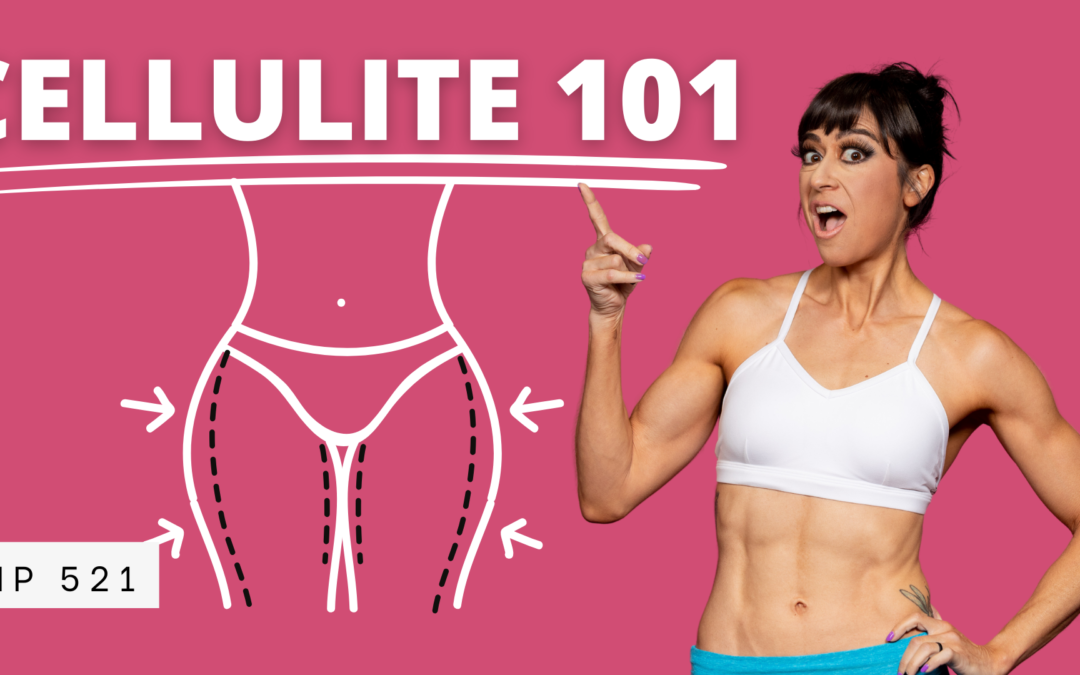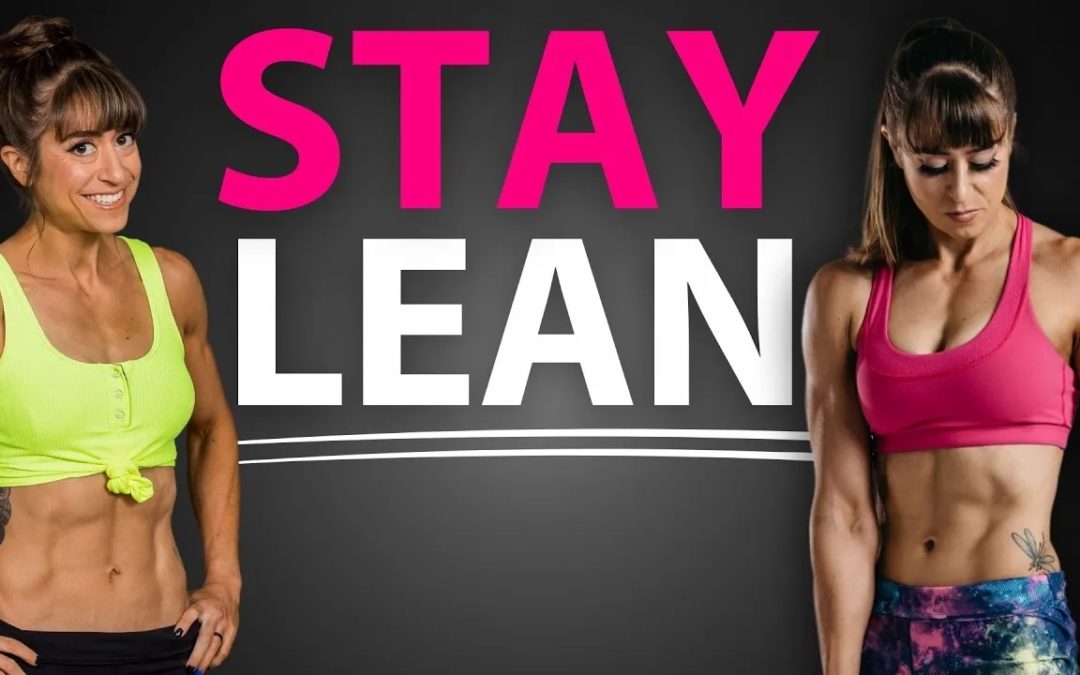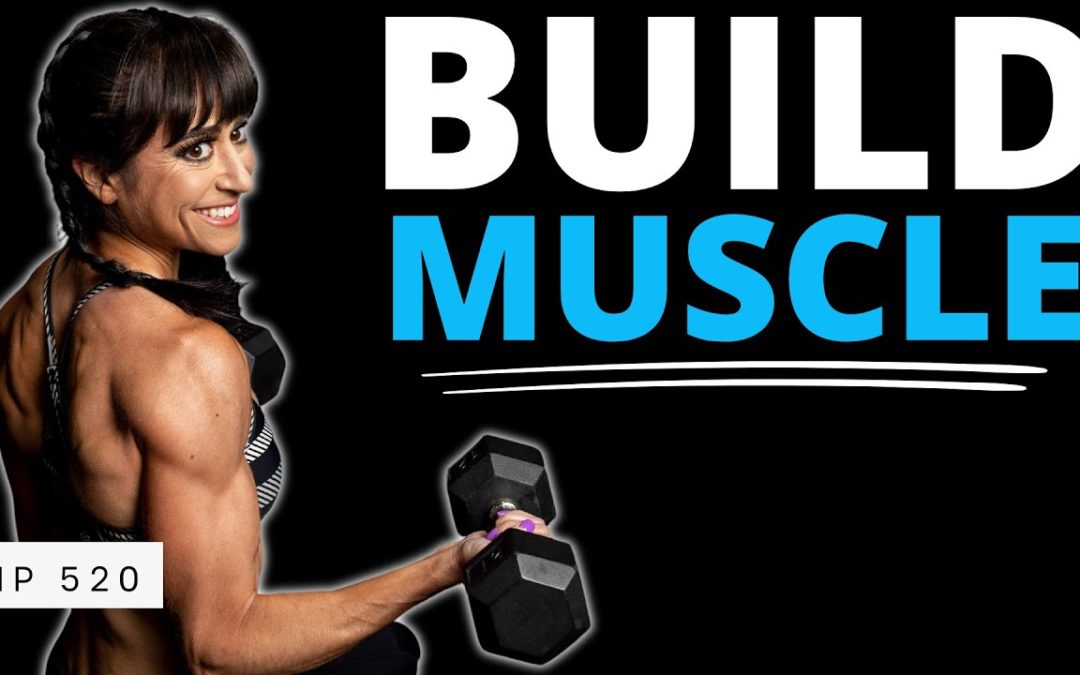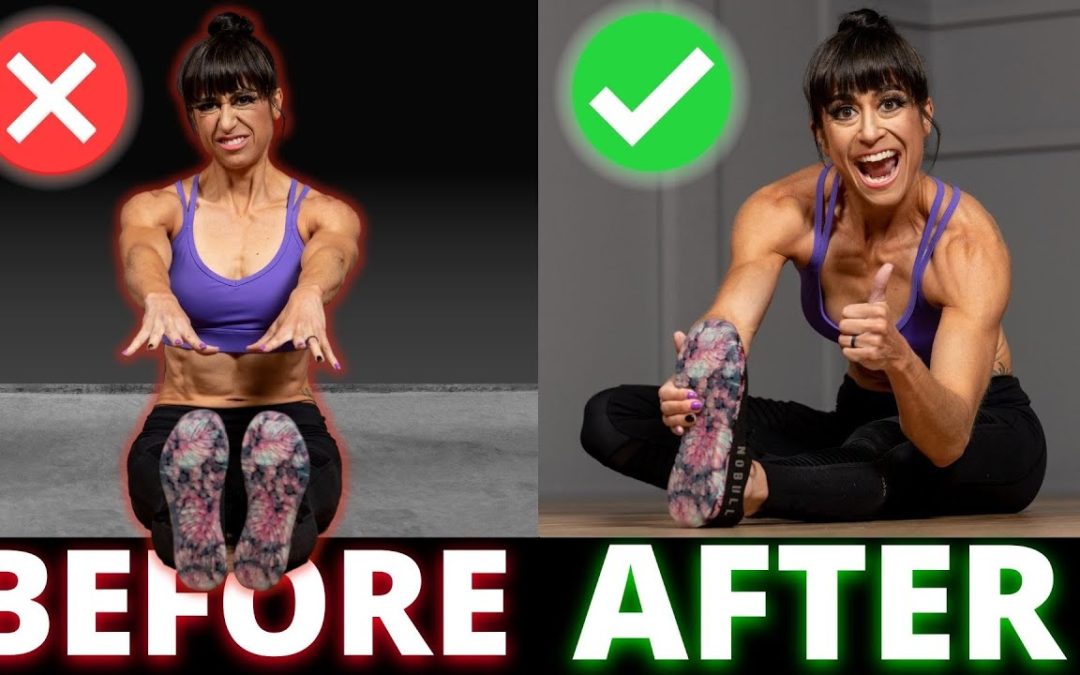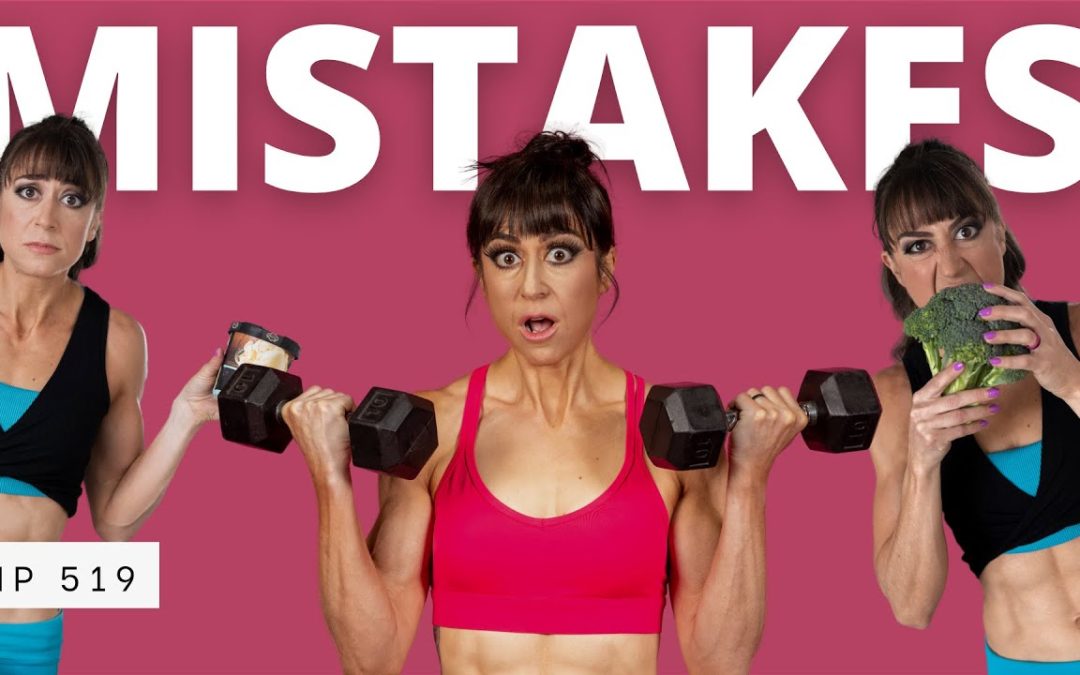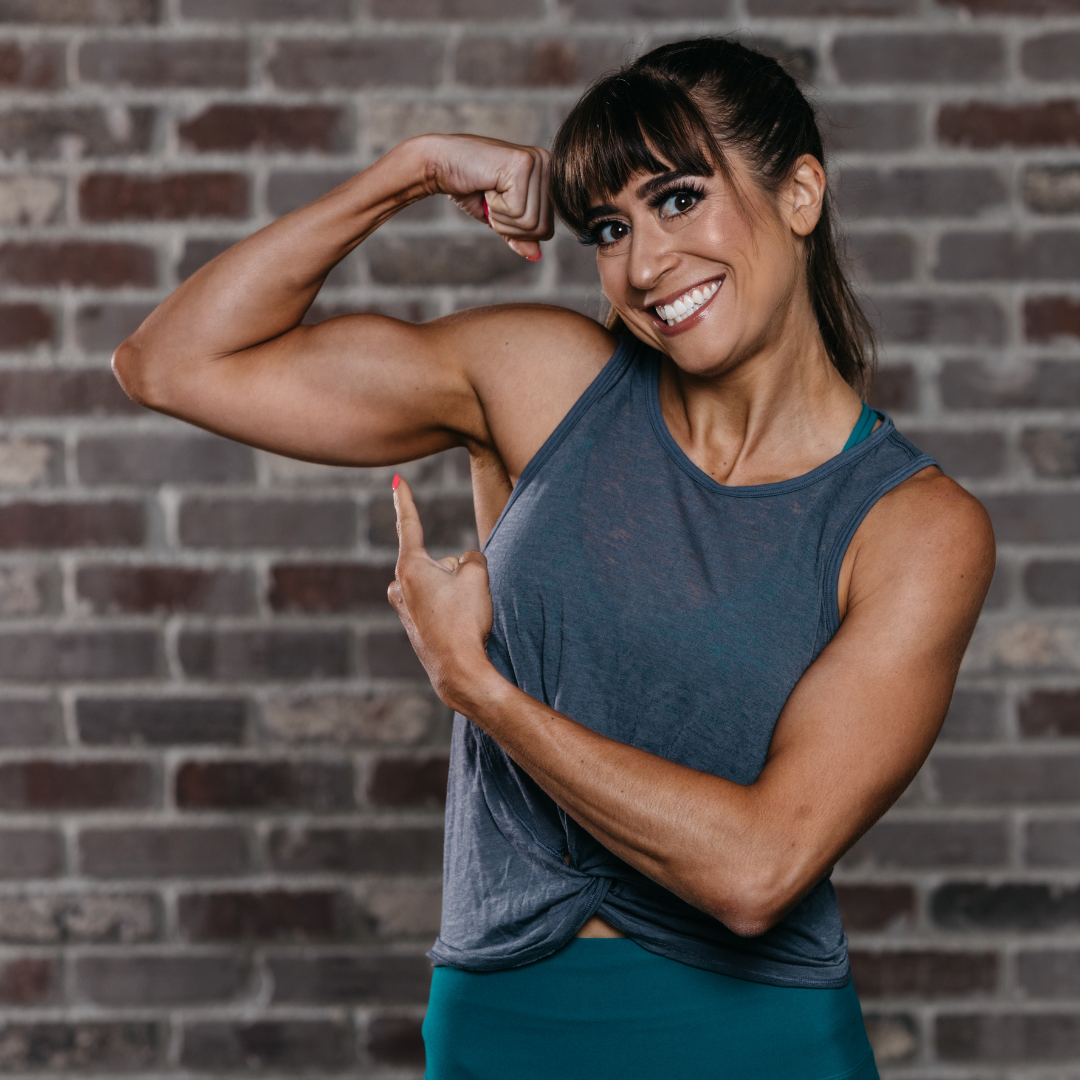
by Cori Lefkowith | May 30, 2023 | podcast
Do you find yourself constantly worrying about cellulite, questioning how to reduce its appearance or even why it’s considered a beauty issue? In this episode we’ll explore the fascinating history of cellulite and its evolution into a perceived beauty...

by Cori Lefkowith | May 28, 2023 | Blog, Diet
Let’s be real here…. You want to be lean and strong to perform your best for the rest of your life. Falling into old habits is the quickest way to lose your progress. You need to create a lifestyle built off of habits you can maintain. That’s why these 6 nutrition...

by Cori Lefkowith | May 24, 2023 | podcast
So you want to gain that lean muscle and be your strongest, fittest self… Where do you start, and how can you see the best results as fast as possible, no matter your age? In this episode, you’ll learn how to build muscle efficiently at any and every age! In...

by Cori Lefkowith | May 23, 2023 | Blog, Exercises, Functional Fitness, Pain Relief, Stretches
Can’t touch your toes? Hamstrings always feel tight? STRETCHING Alone isn’t the answer! In this video I want to share why stretching your hamstrings more may actually be perpetuating the issues and what you should be doing instead. Now I’m not saying stretching is...

by Cori Lefkowith | May 19, 2023 | podcast
Have you ever felt like nothing you’ve tried in the past has worked when it comes to you achieving the results you’re looking for? Join me in this episode as I share my personal journey and uncover the reasons behind this struggle. Together, we’ll...
